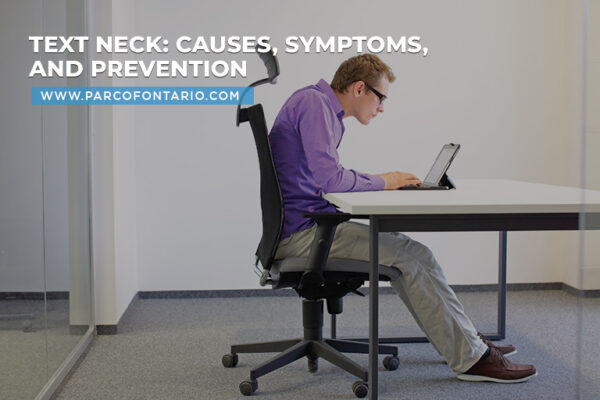Runners’ Injuries and Chronic Conditions
Running is a great way to get in shape. Whether the goal is to burn extra calories, tone your body or perk up your mood, it’s enjoyable exercise. It’s convenient and you don’t have to spend money on expensive equipment or a gym membership to sweat it out.
Just like any sport, running can have adverse effects if you push yourself too hard. It stresses the lower extremities, causing muscular pain or stiffness. Here are some of the chronic conditions you may encounter:
- Illiotibial Band/ITB Syndrome is characterized by pain on the outer side of the knee. The IT band extends from the outside of the pelvis and to below the knee. Pain is caused by friction as the ITB rubs against the lateral epicondyle of the femur. It gradually worsens until the runner has to stop. This is common among long distance or endurance runners.
- Patellofemoral pain syndrome is referred to as “runner’s knees.” With this problem, the area around the knee cap (patella) is sensitive to pain, especially when bent. Pain is aggravated when ascending or descending stairs and inclines. Kneeling, squatting and sitting with bent knees for long periods can also be difficult.
- Patellar tendinitis is generically called as “jumper’s knees.” Pain is felt from the knee cap to the shin bone (tibia). This injury this often associated with running and jumping. The quadriceps muscle and patella tendon, which connect the knee cap to the shin bone, absorb the impact as you run or stride.
- Shin splint syndrome (medial tibial stress) afflicts the lower leg just below the knee down to the ankle. Pain is caused by excessive strain on the muscles attached to the shin bone.
- Achilles tendinitis results from overexertion, causing the tendon to become inflamed from small tears that can occur as runners increase the duration and intensity of their pace. Pain extends from the calf muscles to the area above the heel. The Achilles tendon connects the calf muscle to the heel bone.
- Peroneal tendonitis is associated with pain either at the back or side of the ankle. This is often caused by friction or overexertion of the peroneal tendons, located on the outside of the ankle and connecting to the little toe and the arch of the foot. These tendons balance and stabilize the foot while walking or running.
- Plantar fasciitis is a stabbing pain in the heel and bottom of the foot as you make a step. This is caused by inflammation of a thick band of tissue that extends from the heel bone to the toes. Pain is exacerbated with prolonged running, walking or standing.
Fractures are also common among runners. Stumbling causes anything from a sprained ankle to a fracture on the base or neck of the femoral bone. The knee cap is susceptible to patellar fracture if you fall on your knee. In addition, sudden twists could tear delicate cartilage and ligaments on the knee.
Appropriate running gear helps prevent runner injuries. Footwear and knee supports come in styles that reduce stress on leg muscles. However, the best defense is moderation when you exercise. Should you experience pain or a running injury, have your family doctor write a prescription for a physiotherapy. Various therapies can alleviate pain, promote healing, and improve mobility to get you back on track.
The Physiotherapy and Rehabilitation Centers of Ontario offers a variety of options to manage pain and help you return to enjoying the activities you love. Call (905) 897-2092 today. PARC of Ontario has caring therapists who are fully licensed and have years of clinical experience.

